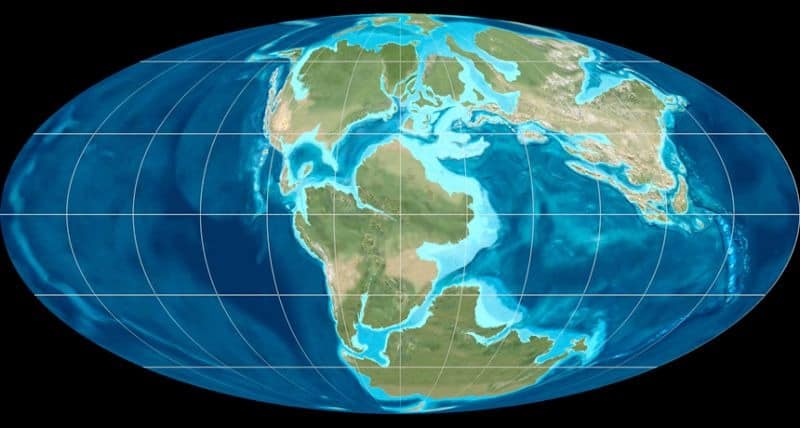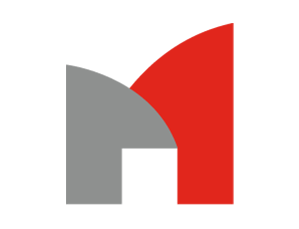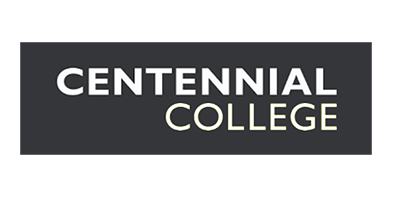The Pangea Map
Pangea is the name given to the supercontinent that existed over 175 million years ago. It comprised the continents of today as a single landmass. The name is derived from two Ancient Greek words. In the Pangea definition, ‘Pan’ means ‘all’ or ‘whole’, and ‘gaia’ means ‘land’ or ‘mother earth’.
The word originates from the work of Alfred Wegener, who was the first to propose the continental drift theory in 1915. Wegener first used the word in the second edition of The Origin of Continents and Oceans, published in 1920.

When Pangea existed and how it ended
As shown in Continents and Supercontinents by Rogers & Santosh, Pangea formed around 335 million years ago. The supercontinent began to break into separate continents 175 million years ago.
The Pangea map shows the equator to be at the center of the landmass and surrounded by a superocean, Panthalassa.
Continental drift is the leading theory to explain the formation and ending of Pangea. Tectonic plates on the earth’s surface, or lithosphere, cause a gradual shifting of land over time.
There is a continuous cycle of continents coming together then separating in stages. This occurs in a period from 300 to 500 million years. The joining and separation stages of the continents can be seen in a Pangea gif.

The evidence for Pangea
In Vertebrate Paleontology, Michael Benton explains that fossils of the same or similar species are now long distances apart. For example, megalosaurus reptile fossils were found in coastal Brazil and West Africa. This suggests that Africa and South America were once together.

Geological evidence is more proof of Pangea. Geology Today by Murck & Skinner shows that certain glacial deposits are in places where the continents previously joined. The same rock types and structures were together before the separation of Pangea.
Wengener also studied fossils in Norway that are originally from warmer, tropical climates.
This is recorded in Palaeoclimate Across the Late Pennsylvanian – Early Permian Tropical Palaeolaltitudes by Tabor & Poulsen.
How climate has affected flora and fauna since Pangea
The separation of Pangea island affecting the world’s climate by changing the patterns of winds and ocean currents. It also perhaps caused the Permian extinction. This was the loss of 70 percent of land species and 90 percent of marine species.
This may have been caused by three separate factors:
- The first is a lack of oxygen in the ocean.
- The second is volcanic eruptions in Siberia
- The third is low oxygen concentrations in Northern Pangea.
Evaluation of Different Models for the Origin of Siberian Traps by A.V. Ivanov shows the second factor.
The next supercontinent theory
As explained in Earth’s Next Supercontinent by Williams & Nield, the theory of Pangea Ultima was proposed by Geologist, Christopher Scotese. Similar to the Pangea map, this shows the approximation of a new supercontinent in 100 to 200 million years.
It is not based on the exact movements of tectonic plates, but the past cycles of supercontinent forms. In a New Scientist article, Paleontologist Ronald Blakely commented that future tectonic movements are ‘very, very speculative’.
Project Mentors
FAQ
The movement of India into the Asian continent was strong enough to create the Himalaya mountains. It has also caused the formation of volcanoes, like those in the Pacific Northwest United States.
Different kinds of sea life and amphibians in the shallow waters. On land, life forms included bacteria, fungi, plants, reptiles, saurians, the first birds and early mammals.
This is the name of the divergence of three tectonic plates between present-day Africa and South America on the Pangea map.
Alfred Wegener was the first to propose the theories of continental drift and Pangea and use the word.
Yes, according to the widely accepted plate tectonics theory, the lithosphere is in a state of continual movement. The Pangea map shows the comparison of continents in a timeline over the last 175 million years.
List of references
- Wegener A. (1920) Die Entstehung der Kontinente und Ozeane, 2nd ed., Braunschweig, Germany: F. Vieweg, 120 p.
- Rogers J., Santosh M. (2004) Continents and Supercontinents, USA: Oxford University Press, 304 p.
- Benton M. (2014) Vertebrate Palaeontology, Wiley-Blackwell; 4 ed., 427 p.
- Murck B., Skinner B. (1999) Geology Today: Understanding Our Planet, Study Guide, Wiley; 1 ed., 155 p.
- Tabor N., Poulsen C. Palaeoclimate across the Late Pennsylvanian–Early Permian tropical palaeolatitudes (Palaeogeography, Palaeoclimatology, Palaeoecology, 268 (3–4): 293–310.
- Ivanov A. V. (2007) Evaluation of different models for the origin of the Siberian traps. GSA Special Papers, 430, pp. 669–691.
- Willams C., Nield T. (2007) Earth’s next supercontinent, New Scientist. 196 (2626): 36–40.
- Blakey, R., and Ranney W. (2008) Ancient Landscapes of the Colorado Plateau: (Grand Canyon) Grand Canyon Association, 176 p.




